Filter by
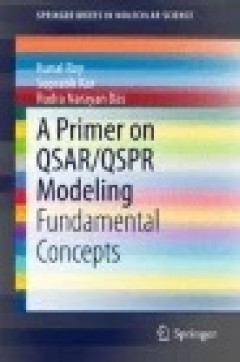
A Primer on QSAR/QSPR Modeling Fundamental Concept
This brief goes back to basics and describes the Quantitative structure-activity/property relationships (QSARs/QSPRs) that represent predictive models derived from the application of statistical tools correlating biological activity (including therapeutic and toxic) and properties of chemicals (drugs/toxicants/environmental pollutants) with descriptors representative of molecular structure and/…
- Edition
- -
- ISBN/ISSN
- 978-3-319-17281-1
- Collation
- X, 121
- Series Title
- SpringerBriefs in Molecular Science
- Call Number
- 541 ROY p
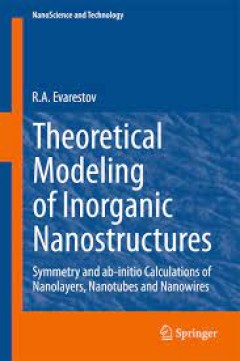
Theoretical Modeling of Inorganic Nanostructures Symmetry and ab-initio Calc…
This book deals with the theoretical and computational simulation of monoperiodic nanostructures for different classes of inorganic substances. These simulations are related to their synthesis and experimental studies. A theoretical formalism is developed to describe 1D nanostructures with symmetric shapes and morphologies. Three types of models are considered for this aim: (i) nanotubes (rolle…
- Edition
- -
- ISBN/ISSN
- 978-3-662-44581-5
- Collation
- -
- Series Title
- -
- Call Number
- -
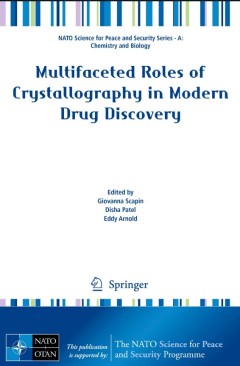
Multifaceted Roles of Crystallography in Modern Drug Discovery
The present work offers a snapshot of the state-of-the-art of crystallographic, analytical, and computational methods used in modern drug design and development. Topics discussed include: drug design against complex systems (membrane proteins, cell surface receptors, epigenetic targets, and ribosomes); modulation of protein-protein interactions; the impact of small molecule structures in drug d…
- Edition
- 1
- ISBN/ISSN
- 978-94-017-9718-4
- Collation
- XI, 240
- Series Title
- NATO Science for Peace and Security Series A: Chemistry and Biology
- Call Number
- -
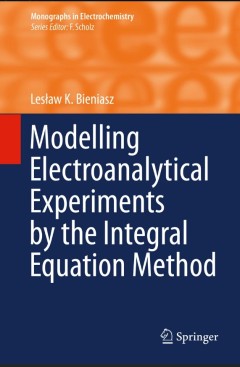
Modelling Electroanalytical Experiments by the Integral Equation Method
This comprehensive presentation of the integral equation method as applied to electro-analytical experiments is suitable for electrochemists, mathematicians and industrial chemists. The discussion focuses on how integral equations can be derived for various kinds of electroanalytical models. The book begins with models independent of spatial coordinates, goes on to address models in one dimensi…
- Edition
- 1
- ISBN/ISSN
- 978-3-662-44881-6
- Collation
- XVII, 406
- Series Title
- Monographs in Electrochemistry
- Call Number
- -
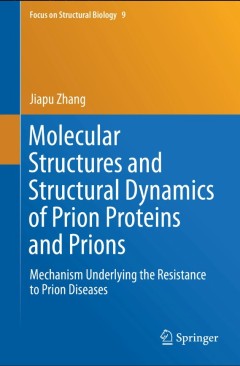
Molecular Structures and Structural Dynamics of Prion Proteins and Prions
This monograph is the first easy-to-read-and-understand book on prion proteins' molecular dynamics (MD) simulations and on prions' molecular modelling (MM) constructions. It enables researchers to see what is crucial to the conformational change from normal cellular prion protein (PrPC) to diseased infectious prions (PrPSc), using MD and MM techniques. As we all know, prion diseases, caused by…
- Edition
- 1
- ISBN/ISSN
- 978-94-017-7317-1
- Collation
- XIX, 355
- Series Title
- Focus on Structural Biology
- Call Number
- -
 Computer Science, Information & General Works
Computer Science, Information & General Works  Philosophy & Psychology
Philosophy & Psychology  Religion
Religion  Social Sciences
Social Sciences  Language
Language  Pure Science
Pure Science  Applied Sciences
Applied Sciences  Art & Recreation
Art & Recreation  Literature
Literature  History & Geography
History & Geography